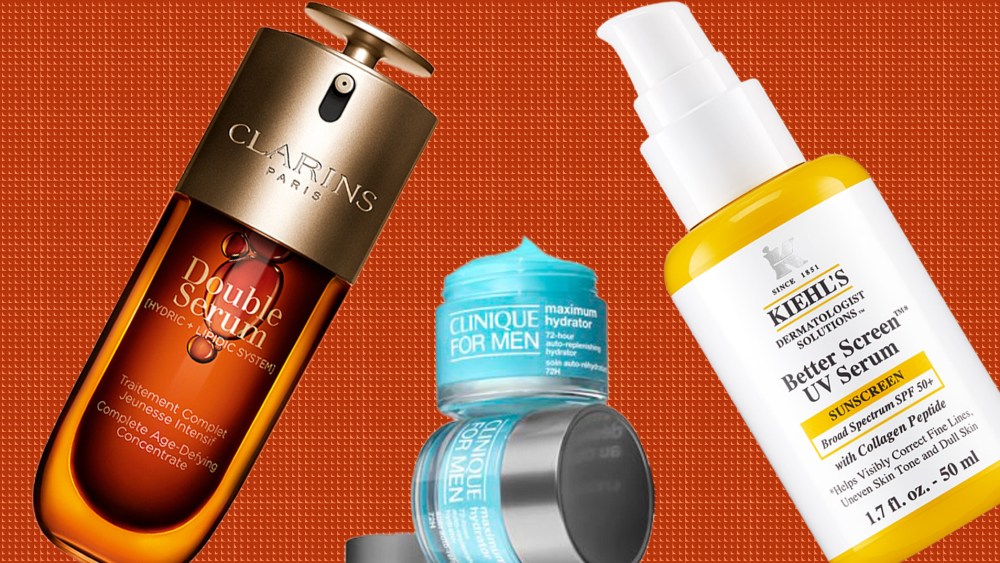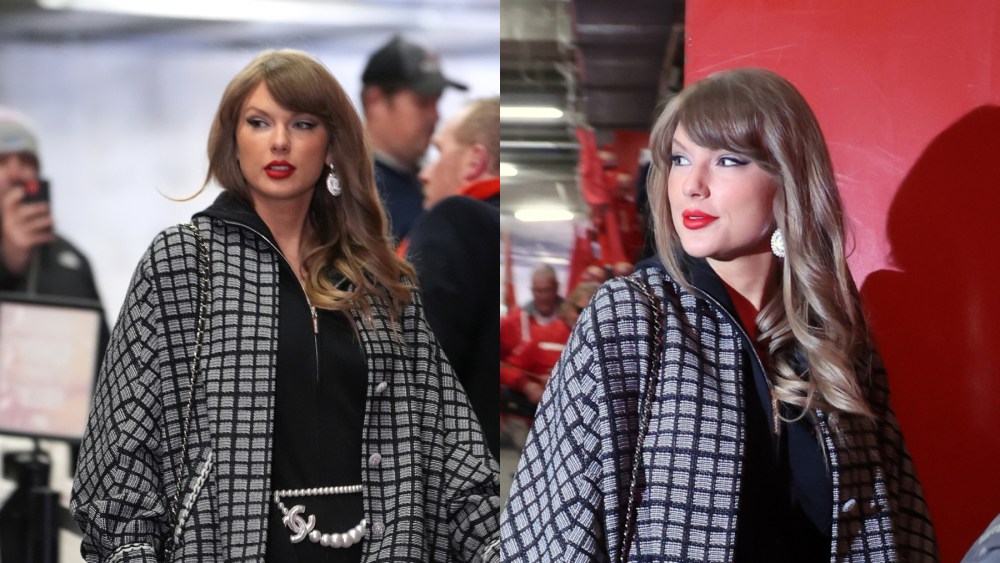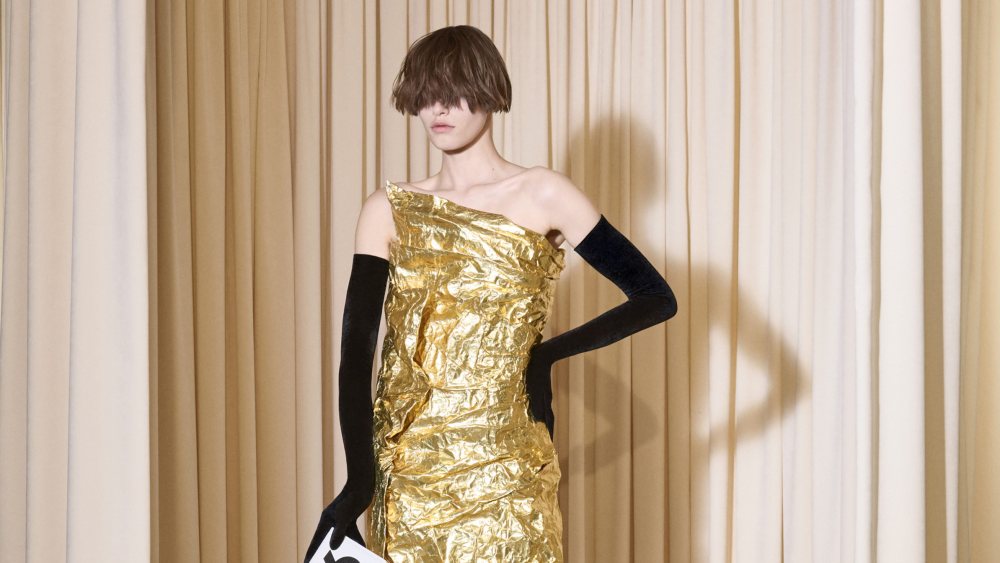Call it the Amazon effect.
As the behemoth doubles down on its beauty offering and TikTok Shop also gets in on the action, the gap between in-store and online beauty sales is narrowing, although the former remains the most dominant channel and analysts don’t believe that will change anytime soon.
“What we’re seeing is new channels are proliferating,” Oliver Chen, a retail analyst at TD Cowen, said.
Indeed, consumer data from Nielsen showed that 43 percent of all beauty and personal care sales are happening online, up from about one-third four years ago.
Related Articles
According to Anna Mayo, vice president for NielsenIQ’s Beauty Vertical, Amazon has grown its share of beauty and personal care sales by 7.3 points over the past three years, as it has expanded its brand selection, shipping times and focus on delivering quality products.
The most significant change in prestige beauty’s relationship with Amazon came in March when the Estée Lauder Cos. debuted Clinique on Amazon after years of eschewing the platform in favor of its own sites, department stores and players like Tmall. Since then, a slew of other Lauder brands, including Too Faced and the eponymous Estée Lauder, have also joined the platform.
A number of L’Oréal-owned brands including Lancôme, Youth to the People, IT Cosmetics, Urban Decay, Ralph Lauren Fragrance and Kiehl’s are on Amazon; lines such as Keys Soulcare and Shiseido are also on the platform.
And ever since TikTok formally rolled out its shopping integration to its 150 million U.S. users in September 2023, the platform, whose future is uncertain, has been pushing beauty hard, especially to Gen Z consumers. Other social selling apps like Temu and Shein are gaining traction, too.
TikTok went dark in the U.S. Saturday after being banned, but came back Sunday when then President-elect Donald Trump, who was inaugurated Monday, provided the app with necessary assurances that he would extend the period of time before the law’s prohibitions take effect.
Mayo also cited other reasons for the jump in online sales, such as locked-up products in stores. “The in-store shopping experience has frustrated some shoppers, specifically in terms of theft control measures, which lead 20 percent of customers to abandon their purchases,” she said. “Shoppers also struggle with lack of availability of product testers, as well as shelves out of stock of favorite products.”
As a result, some retailers are feeling the pain.
Ulta Beauty, for one, has been facing headwinds for the last year or so, with increased competition from the likes of Amazon Beauty and Sephora, although it indicated that it had a stronger-than-expected holiday season. Dave Kimbell, who just stepped down as chief executive officer to be succeeded by Kecia Steelman, has said the retailer has never experienced such a fiercely competitive environment.
Department stores are being squeezed, too. Macy’s Inc. plans to shutter around 150 stores by 2026 and while fragrance is key to its beauty business, Amazon is making gains on that front, according to sources.
The outlier in terms of physical retail appears to be Sephora, with North America CEO Artemis Patrick recently stating that its retail store fleet, which is undergoing a makeover during an extensive refurbishment project, has come back stronger than ever since the pandemic, citing its 25,000 beauty advisors as the “secret sauce.”
“One of the things that I’ve always loved and appreciated about Sephora is that we’ve never looked at technology as a way of replacing the human interaction,” she said at the National Retail Federation’s conference in New York.
“One example of that is all of our beauty advisers have a digital skin tool on their device. They can tell you the right foundation shade for you. But that is a conversation starter, right? It is a conversation that could be, ‘oh, I’m actually going on vacation, and I want to look a little bit tanner, and I want glowy skin.’ Or ‘I’m going to be on stage. I want matte skin.’ And that can’t happen for technology. The combination of our product assortment, our incredibly educated beauty advisers who are not commissioned, and then digital tools that enhance the experience is really what’s made our stores so successful.”
And in terms of omnichannel shopping, beauty advisers are still key as when consumers buying online pick up in store as they can help them with other purchasing decisions. “Omni isn’t just about the digital experience or the PNL. It really is thinking through the entire consumer journey, including making sure that our beauty advisers have the right conversation when they move into those orders.”
This thinking was echoed by Steelman in her first interview since being named CEO. As well as leaning into marketing and advertising, and continuing to broaden its reach around its 44 million loyalty members, she is laser-focused on Ulta’s network of in-store associates, which she also called its “secret sauce.”
“I could not be more proud of how our growth has been on our online channels, too. But the majority of our guests still shop in-store,” she said. “What we love is when they do both.”
Chen also highlighted the importance of brick-and-mortar retailers’ loyalty programs.
“What becomes more important is the loyalty programs of retailers because you’re having to compete on another plane,” he said. “Also, what’s important is the multibrand retailers having a strategy for affiliates and leveraging affiliate influencers to help drive sales.”
And despite the growth in online sales, experts don’t believe the brick-and-mortar channel will lose its dominance anytime soon.
“While there’s a lot that can be done online, there is a certain component that you still want to do in-store,” said Olivia Tong, a retail analyst at Raymond James. “What does the color really look like? What does it look like on me? What does it really smell like? Because there is constant newness there that does, to some extent, draw people into the store, particularly in cosmetics and fragrances.”
“Like many other categories, you will continue to see online grow faster than in-store, but I don’t know that it completely flips in terms of [whether] the vast majority of product gets sold online versus in-store. There’s still going to be a desire for in-store, retail, in-store shopping,” Tong added.
That certainly seems to be the case especially in prestige beauty. According to Circana, around two-thirds of prestige beauty shopping still takes place in-store. Prior to the pandemic, the split was around 80/20. This includes Amazon, but not TikTok Shop, which does not share its sales data.
Prestige beauty sales grew at an annual pace of 7 percent in brick-and-mortar in November, and 8 percent online.
“Beauty as an industry will always lend itself more to the in-store experience,” said Larissa Jensen, vice president and beauty industry adviser at Circana. “I don’t think it would ever sway to the point where online is going to be bigger.”
By category, though, it could be a different story as for prestige hair sales, the online channel is marginally bigger than the brick-and-mortar in terms of share, Circana data showed.
But for makeup, “you want to be able to explore the wall,” said Jensen.
“We talk about brands like Glossier, who are extremely successful in their own brands and direct-to-consumer, but I believe that the partnership that we’ve created has created a whole consumer base for them as well as for us,” said Patrick. “I am not sure I’ll ever see a world in my lifetime where people aren’t going to want to come in and then touch and play with beauty.”



